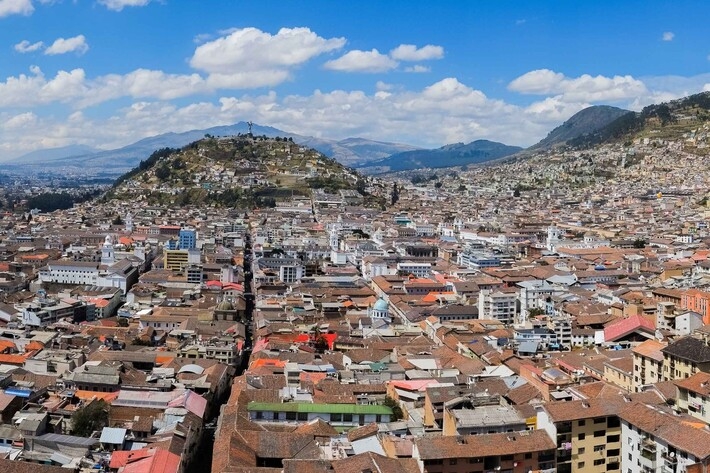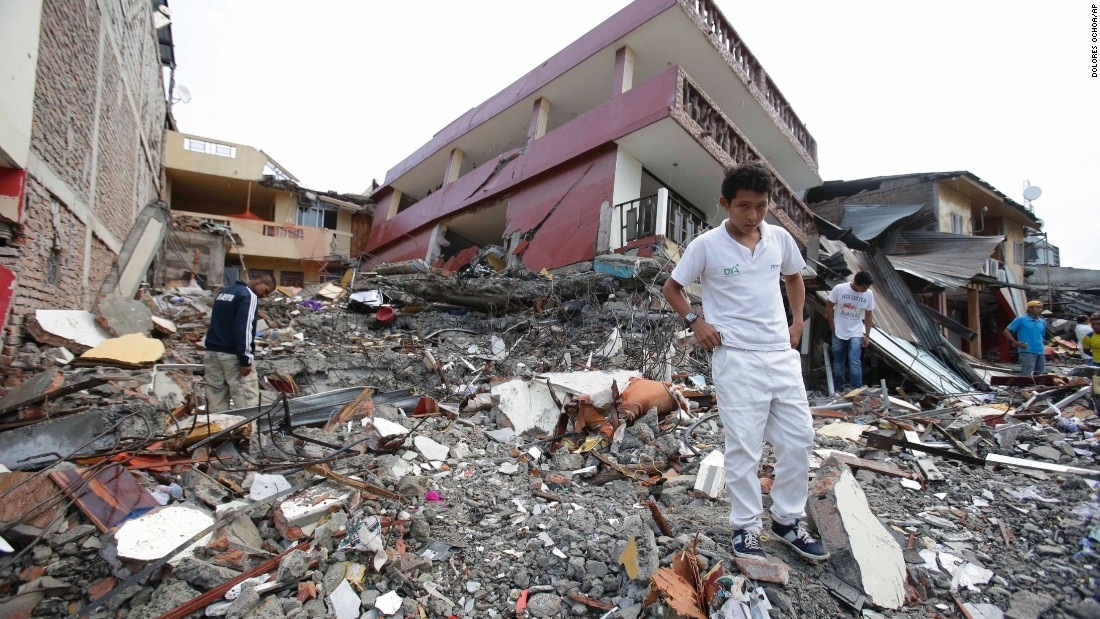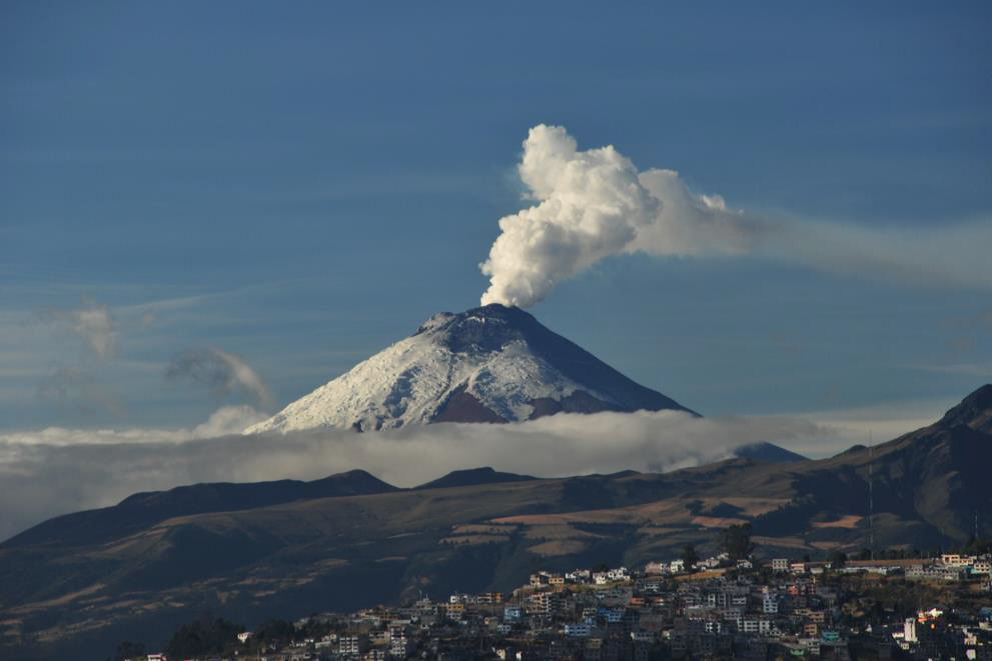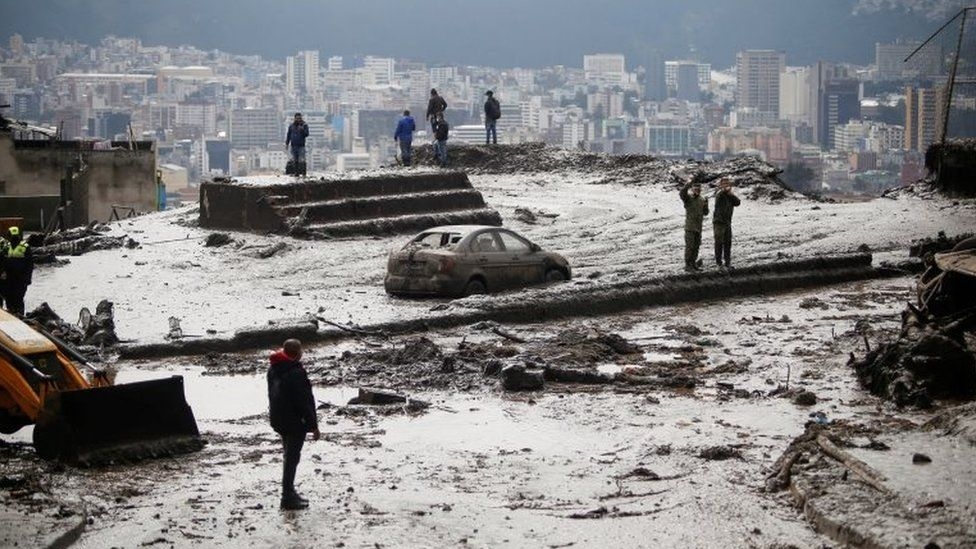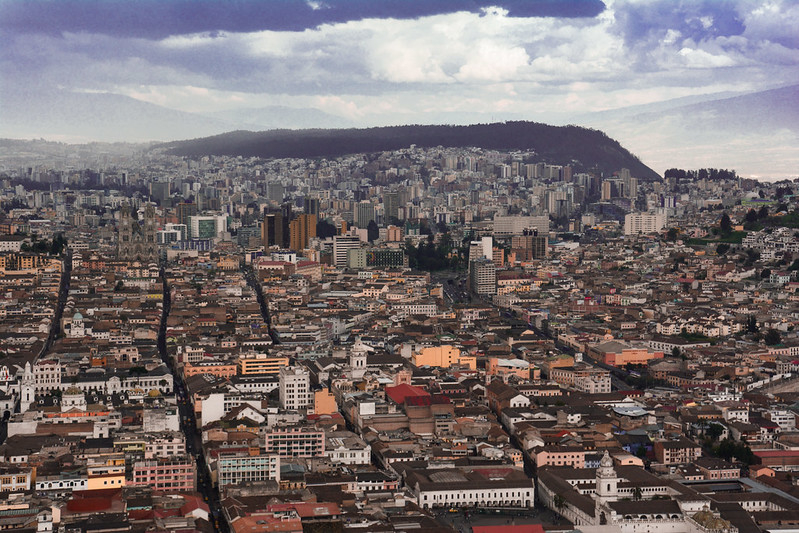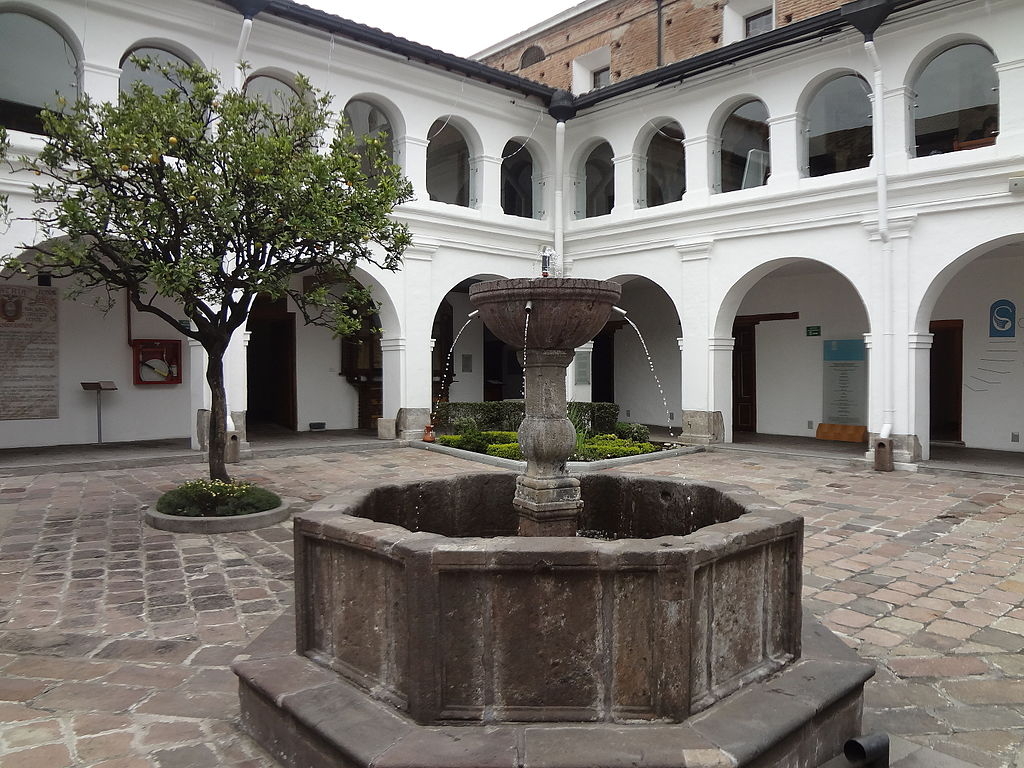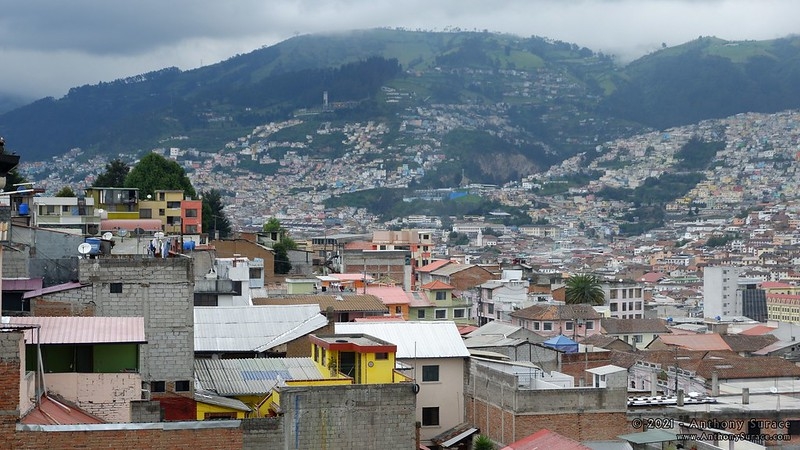- 01/11/2020 | Quito
- Author(s): Forino, G., Armijos, T., Barclay, J., Cordova, M., Apgar, M. and Mejia, A
- Publisher: Tomorrow's Cities
- Type: Internal publication
- Type: Risk Vulnerability Resilience
- DOI: http://dx.doi.org/10.7488/era/1895
The two Review and Learning Workshops of the Quito Hub took place on the 4th and 11th September 2020. These workshops aimed at analysing and discussing the challenges and opportunities of our work until now, and at learning relevant lessons to guide our future work.
During Workshop 1, the Quito Hub members presented their research progress across themes and subthemes. They revealed the interdisciplinary and collaborative nature of this research, the connections established between the humanities, social, and physical sciences, and the strong interactions and linkages between the Quito Hub members from Ecuador and the UK.
Workshop 2 aimed at discussing three important topics for the Quito Hub, including our impact agenda in relation to the Theory of Change (TOC), the role of interdisciplinarity in our work, and the equitable partnerships within and outside the Quito Hub. Different relevant points for the Quito Hub emerged from the discussion, such as: the importance of reflexivity; the ethical dilemma and the political nature of our research; the importance of co-produced knowledge; the challenges and opportunities of interdisciplinarity; the impacts of Covid-19 pandemic on our work and research participants; the opportunities of the TOC to guide our research; the role of curiosity and openness; the challenges of formal and informal communication; the role of hierarchies and power in our interactions; the need to make visible the hidden work; and the need to talk about gender.
From these points, we have identified different forms of actionable learning that can support to Quito Hub moving forward its research agenda, as outlined in the report.

